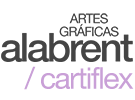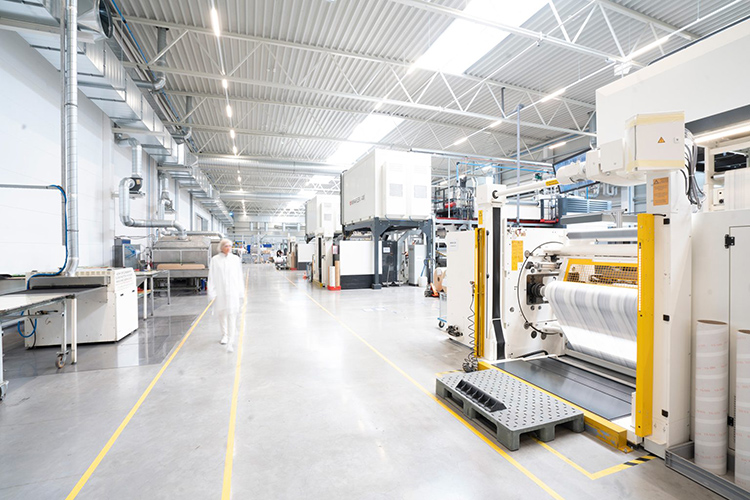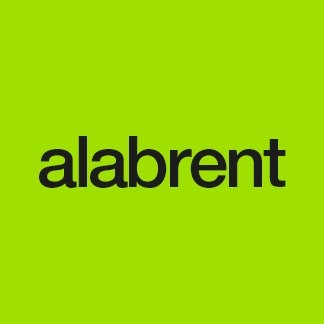Redacción Alabrent
“In reality, the production of plates for packaging printing has a relatively small impact on the overall environmental footprint of the entire packaging supply chain,” said Bernd Hecking, Technical Manager. “But using water-wash plates contributes to our philosophy of environmental sustainability, carbon neutrality, reduction of VOCs, and importantly, reduction of waste. Wherever we can influence the CO2 balance, we will do so to the best of our ability. And having access to water-washable plates is also a messaging bonus to generate new business. In addition to a better sustainability position, Asahi AWP™ CleanPrint water washable plates deliver improved print quality and less waste, which also played a role in the decision to add these plates to the mix.” Maag purchases its AWP™ CleanPrint plates from repro house Carl Ostermann Erben GmbH (COE).The history of Maag GmbH is characterized by challenges, innovation and a clear commitment to sustainability. From its beginnings as a small company that almost failed to its current position as a pioneer in environmentally balanced packaging technology, the development progress achieved by of Maag GmbH shows how commitment to sustainability can be not only ecologically but also economically successful. The company currently employs 80 team members, operates out of a new, sustainably designed production facility, and has a turnover of about €20 million. Seventy percent of its business is in food-related packaging, with the remaining 30% comprised of toys, hygiene products and cosmetics.
As part of its sustainability journey, Maag has adopted a lean management approach and is ISO 14001 certified. In 2016, the company created the new position of Sustainability Manager/EHS Manager and appointed an environmental management expert who had a relationship with the North Rhine-Westphalia Efficiency Agency, an advisory institution that works to help companies be more sustainable. “Bringing him on board gave us a huge boost in our sustainability efforts,” Hecking added. “He helped us bring our understanding of what we needed to do full circle. Today, almost all of our products are mono-material structured polypropylene packaging which is highly recyclable. With all of these achievements, we no longer speak with the buyer about price; we speak with the product developers or marketing managers about new products and whether they are recyclable. That’s a different approach, and having water-wash plates in our portfolio, helps bolster that conversation as well.”
In 2020, the company opened a new production facility that meets the most modern requirements in terms of climate protection, including solar panels on the roof, energy recovery from the waste heat of the converting process, low-emission generation of cooling capacity, and ultimately, also of compressed air. “In reality, we have been completely carbon neutral since 2021,” Hecking said.
Flexographic printing is a widely used printing method around the world. Currently, the printing plates used are primarily solvent-washable plates that require an organic solvent-based washing solution in the wash out step of the plate-making process. Asahi Kasei develops and manufactures water-washable plates that use a water-based washing solution, which is in balance with the environment.



